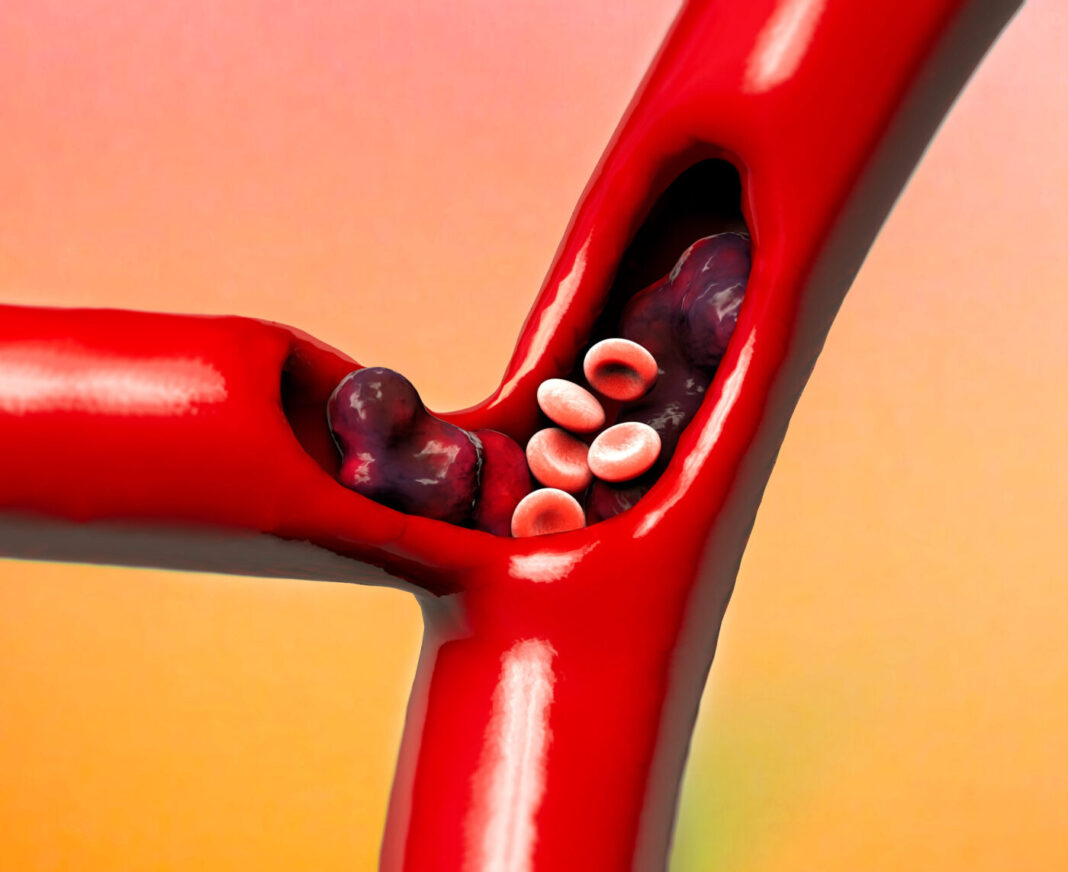Boosting a family of naturally occurring proteins that dampens inflammation in the body has been shown to be effective in reducing damage from an ischemic stroke, according to preclinical researchers at The University of Texas Health Science Center at Houston (UTHealth).
Called inter-alpha inhibitor proteins (IAIP), the family of structurally- related proteins that are produced largely in the liver and found in high concentrations in the plasma has broad anti-inflammatory activity. The team’s study (“Exogenous inter-α inhibitor proteins prevent cell death and improve ischemic stroke outcomes in mice”) appears in was published today in The Journal of Clinical Investigation.
“Inter-α inhibitor proteins (IAIPs) are a family of endogenous plasma and extracellular matrix molecules. IAIPs suppress proinflammatory cytokines, limit excess complement activation, and bind extracellular histones to form IAIP-histone complexes, leading to neutralization of histone-associated cytotoxicity in models of sepsis. Many of these detrimental processes also play critical roles in the pathophysiology of ischemic stroke,” write the investigators.
“In this study, we first assessed the clinical relevance of IAIPs in stroke and then tested the therapeutic efficacy of exogenous IAIPs in several experimental stroke models. IAIP levels were reduced in both ischemic stroke patients and in mice subjected to experimental ischemic stroke when compared with controls. Post-stroke administration of IAIP significantly improved stroke outcomes across multiple stroke models, even when given 6 hours after stroke onset. Importantly, the beneficial effects of delayed IAIP treatment were observed in both young and aged mice.
“Using targeted gene expression analysis, we identified a receptor for complement activation, C5aR1, that was highly suppressed in both the blood and brain of IAIP-treated animals. Subsequent experiments using C5aR1-knockout mice demonstrated that the beneficial effects of IAIPs are mediated in part by C5aR1. These results indicate that IAIP is a potential therapeutic candidate for the treatment of ischemic stroke.”
“By extensively testing for neuroprotective role of IAIPs in stroke, we found that IAIPs offer remarkable neuroprotection and could potentially represent an important, novel treatment for ischemic stroke,” said Venugopal Reddy Venna, PhD, senior author of the report and an assistant professor in the department of neurology at McGovern Medical School at UTHealth.
“To test the clinical relevance of these proteins, we first studied for changes of IAIP using blood and brain samples from stroke patients. Next, to study the role of these IAIPs, we performed experiments in mice, using clinically relevant stroke models to mimic the most common strokes seen in patients. Finally, we used genetically engineered mice in which a receptor for complement activation is deleted to identify the mechanism of action of this family of blood-derived proteins.”
Stroke is the primary cause of long-term adult disability and fifth-leading cause of mortality in the U.S. Ischemic strokes, which account for 80% to 85% of all strokes, are caused by a blockage in an artery that supplies blood to the brain.
The researchers discovered that naturally occurring levels of IAIP dropped in mice and humans after stroke. They also found that administering supplemental purified IAIP in mice immediately after ischemic stroke reduced the size of the damaged area and limited brain swelling.
Importantly, even delayed administration of IAIP reduced the size of the damaged area and improved functional recovery even when the therapy was administered 4.5 hours after ischemic stroke onset. Moreover, treating the mice anywhere from six hours to nine days after stroke (“extended delayed treatment”) also showed benefit, with reduced brain atrophy and improved long-term recovery.
IAIP was also most effective in mice when used in combination with tissue plasminogen activator (t-PA), which is currently the only FDA- approved pharmacotherapy for the treatment of acute ischemic strokes. The combination significantly reduced the size of the damaged area in the brain compared to t-PA alone, and reduced bleeding in the brain. These proteins may be a viable treatment for stroke patients, the authors wrote.



